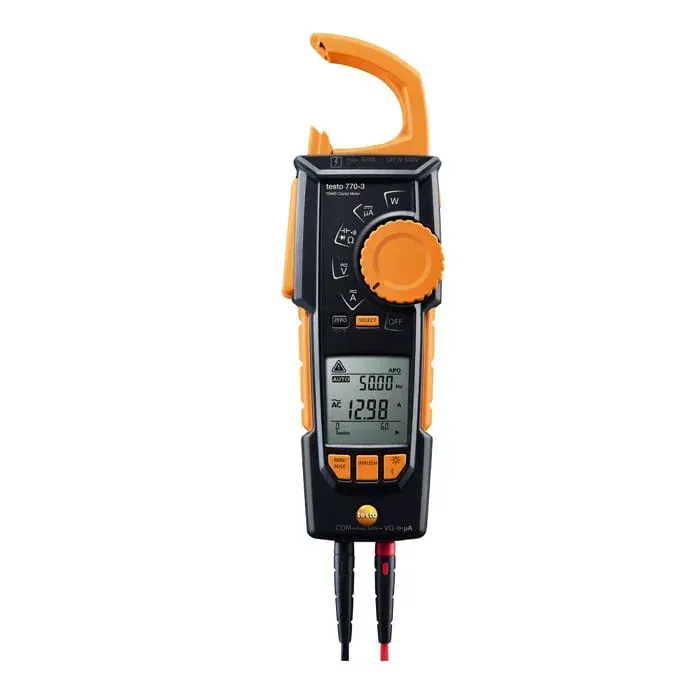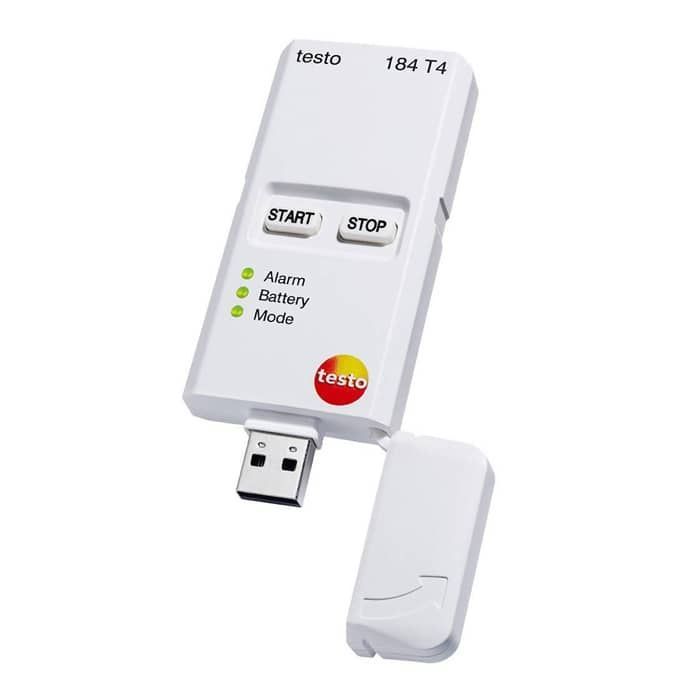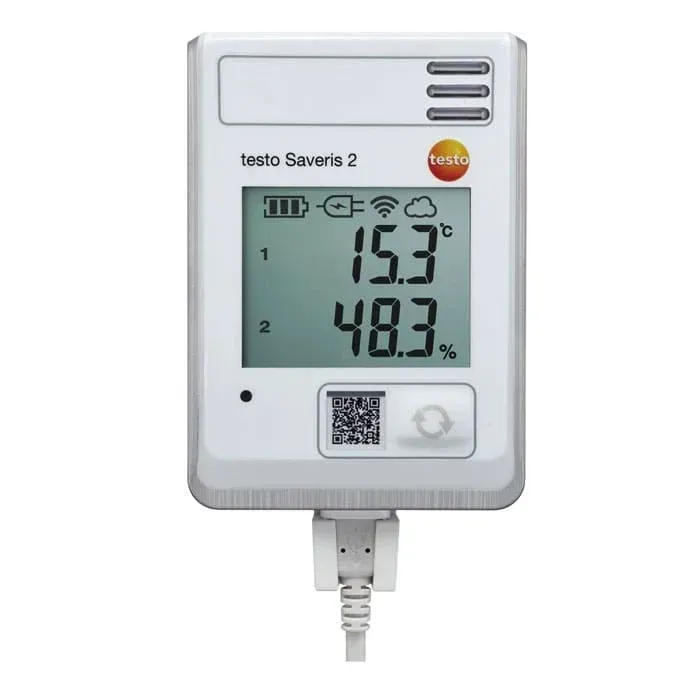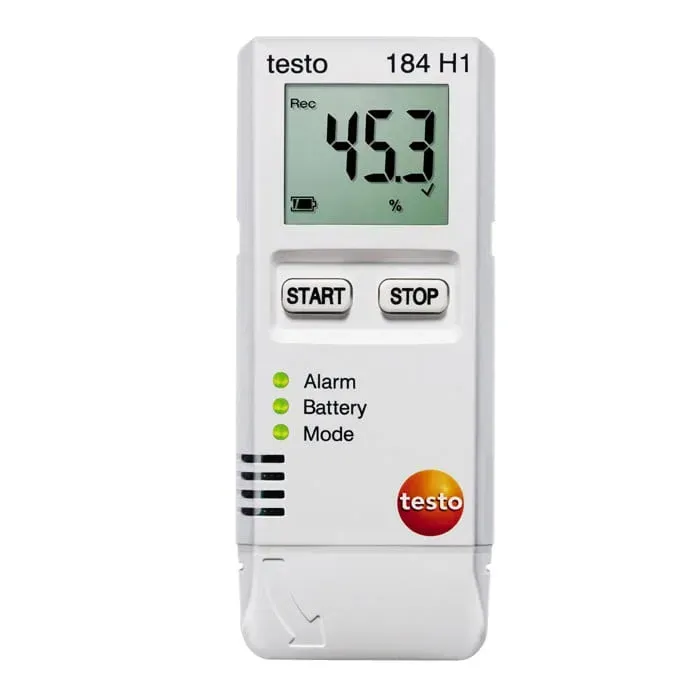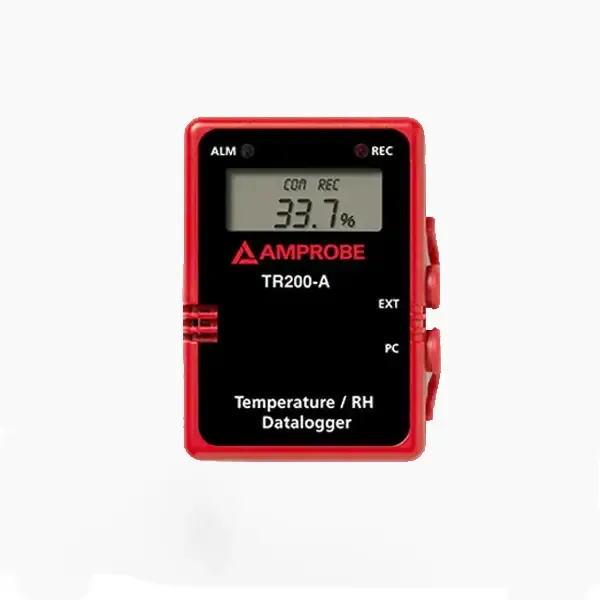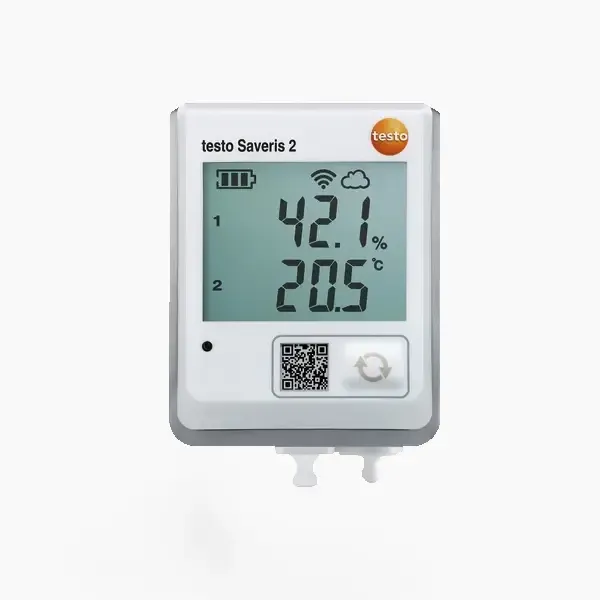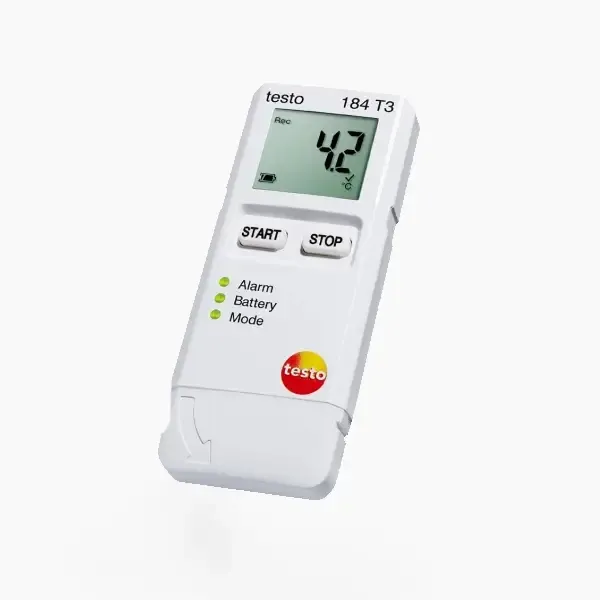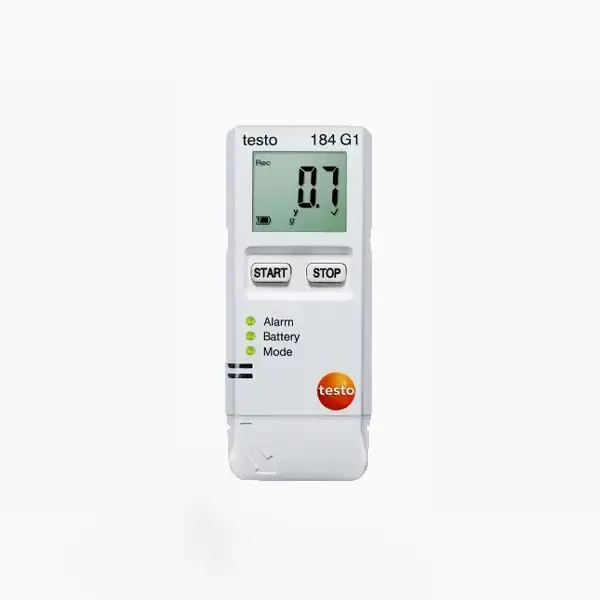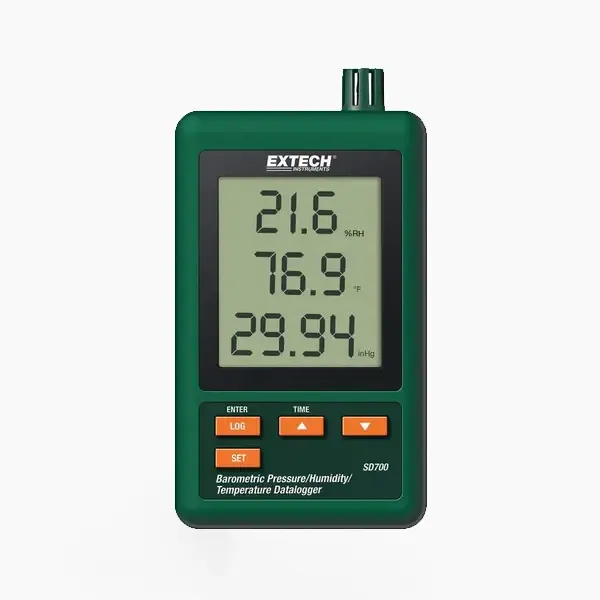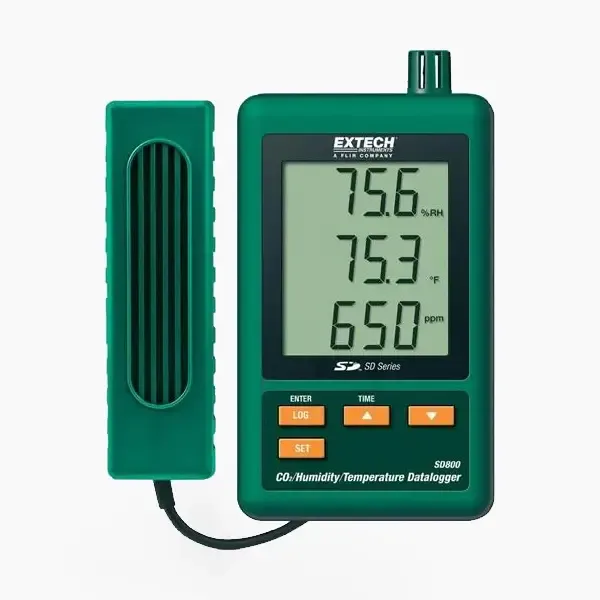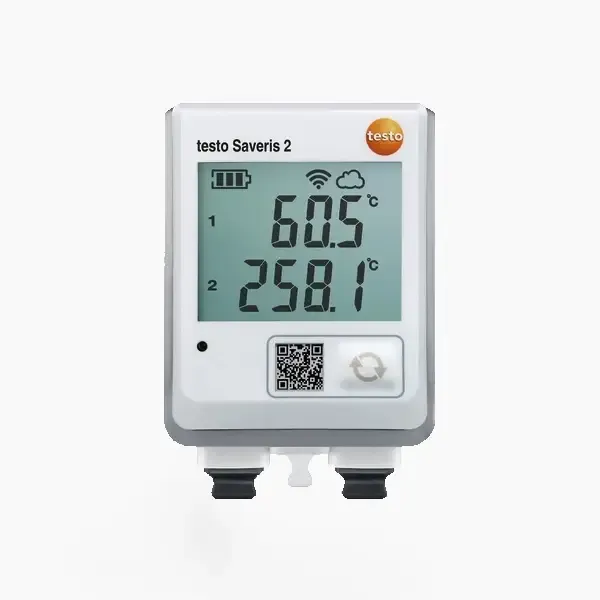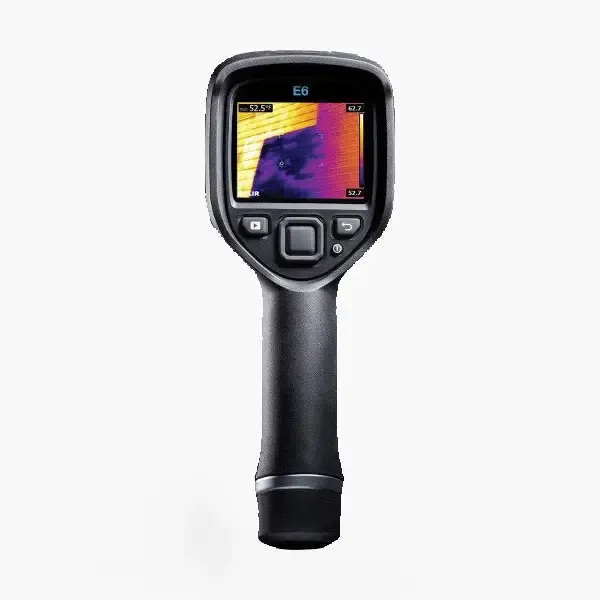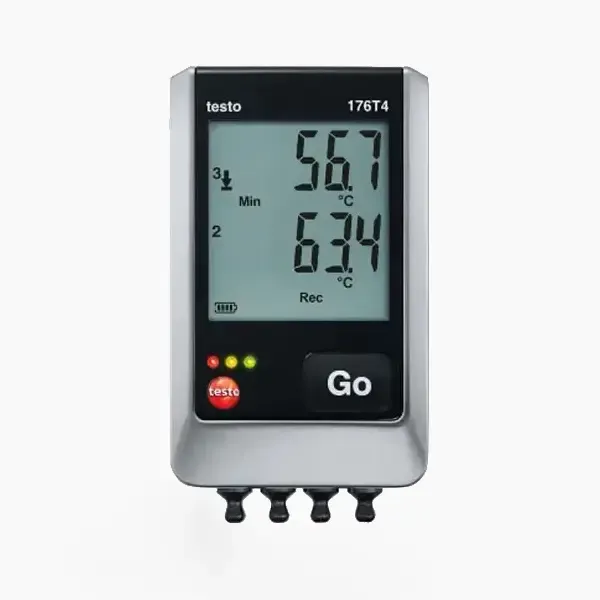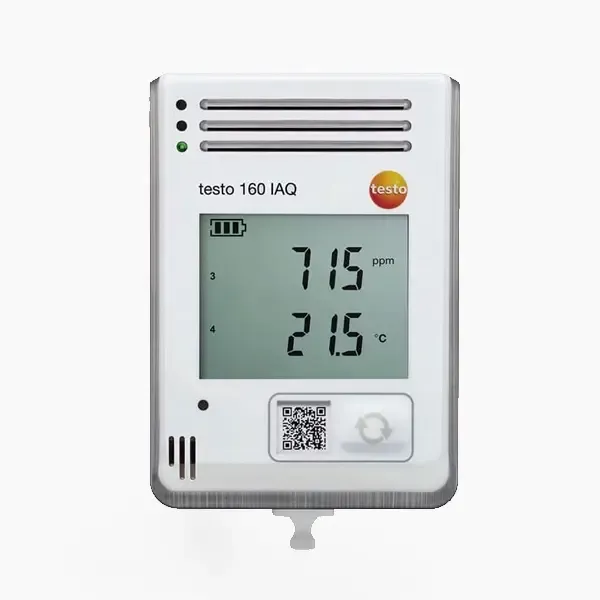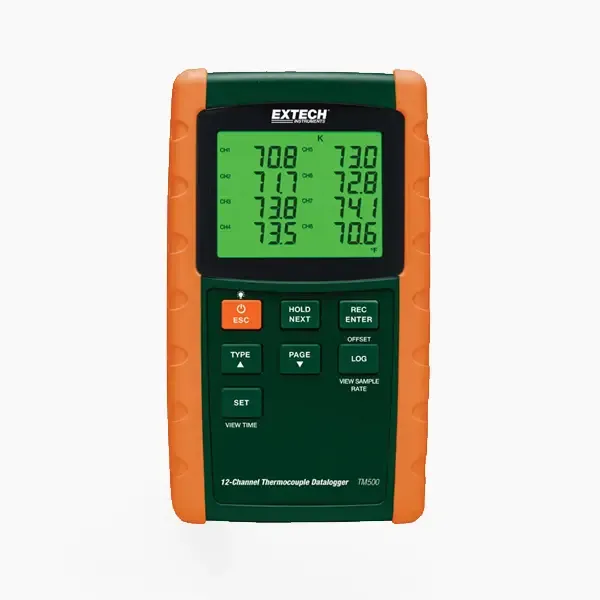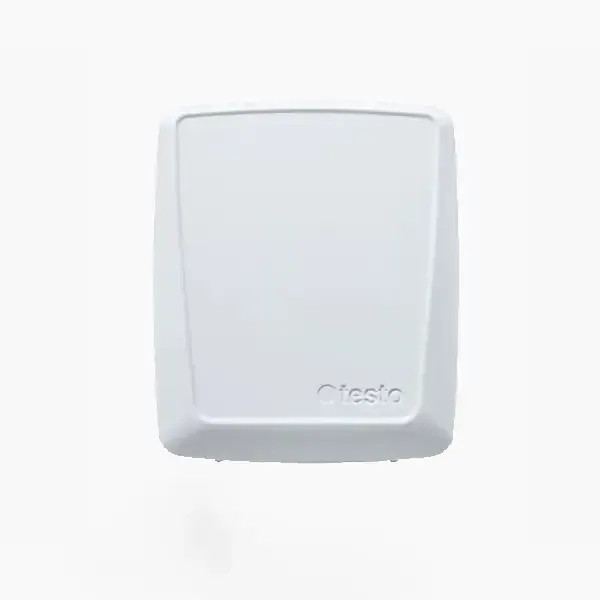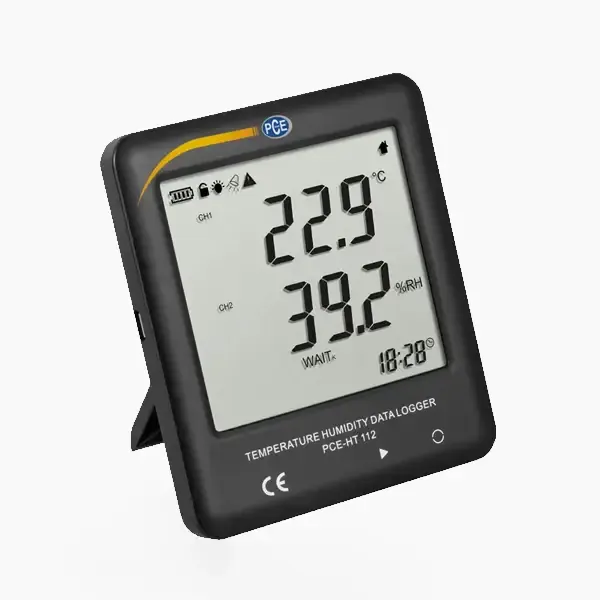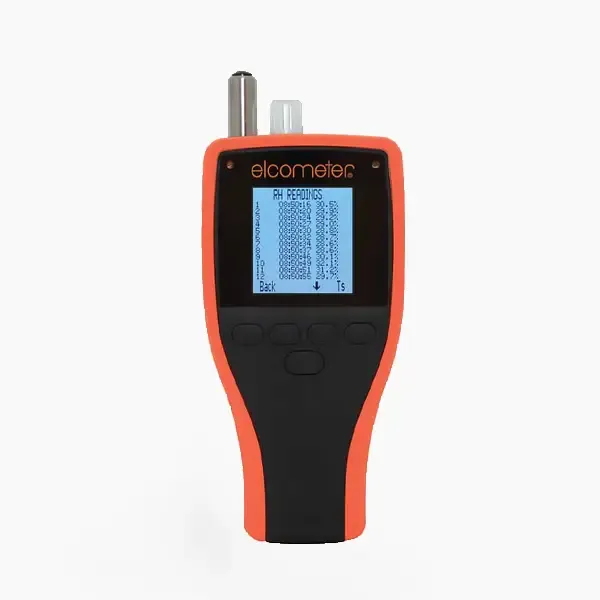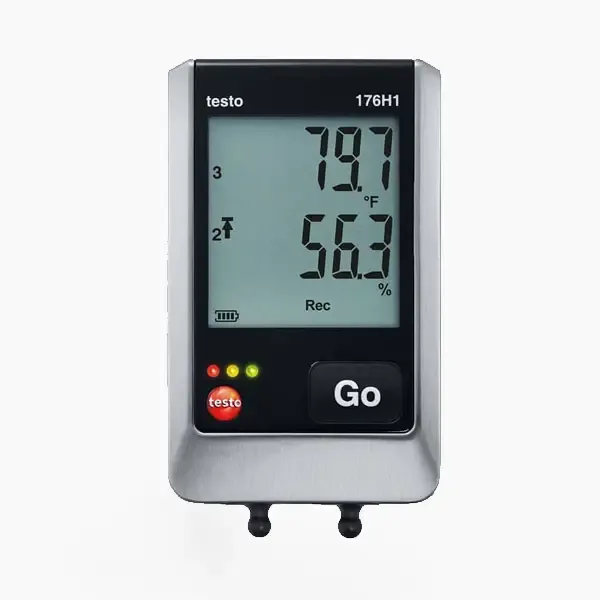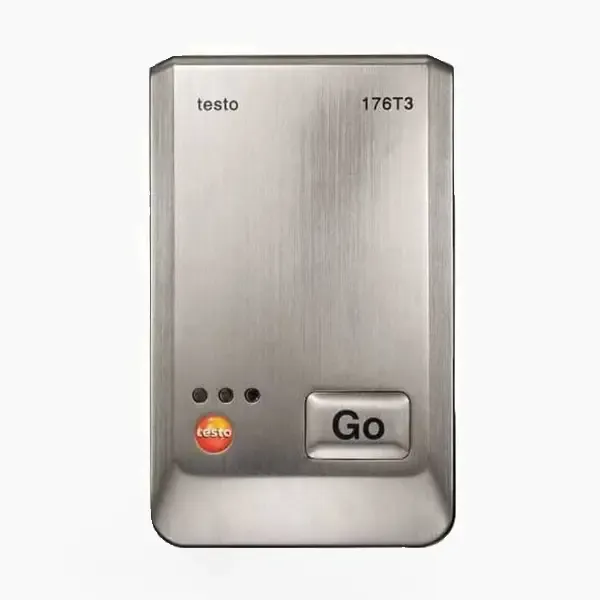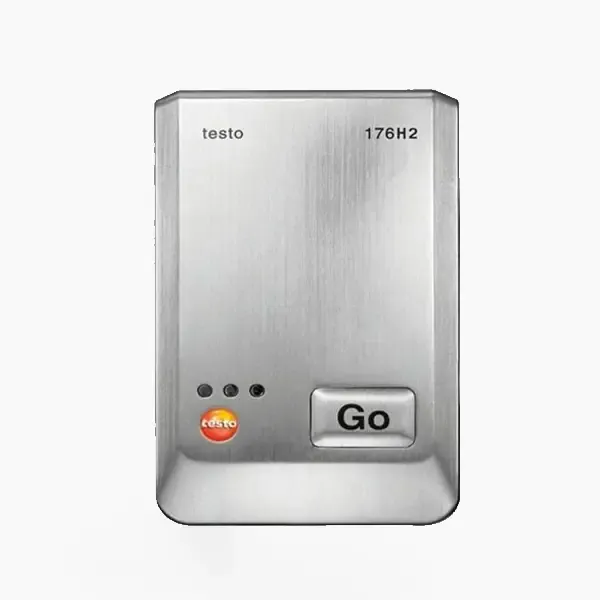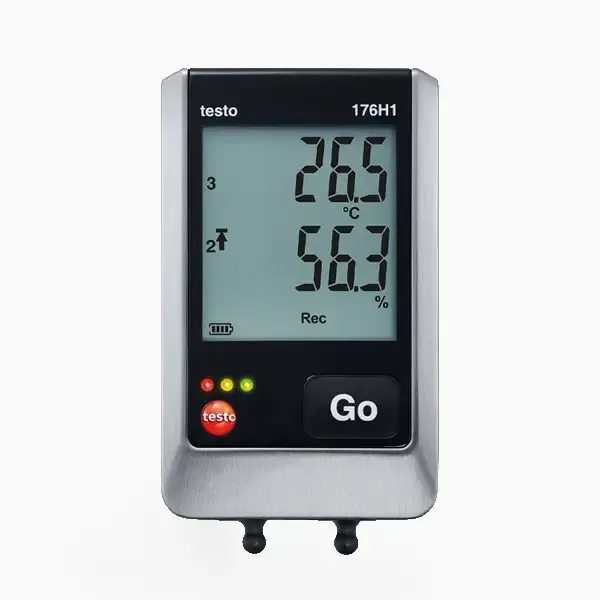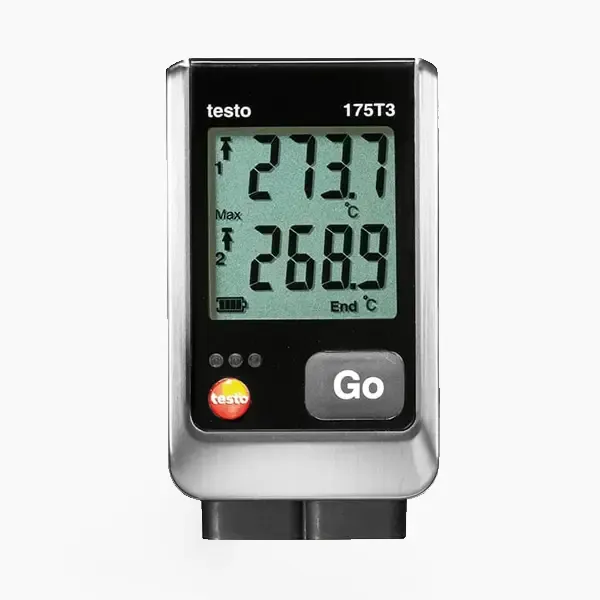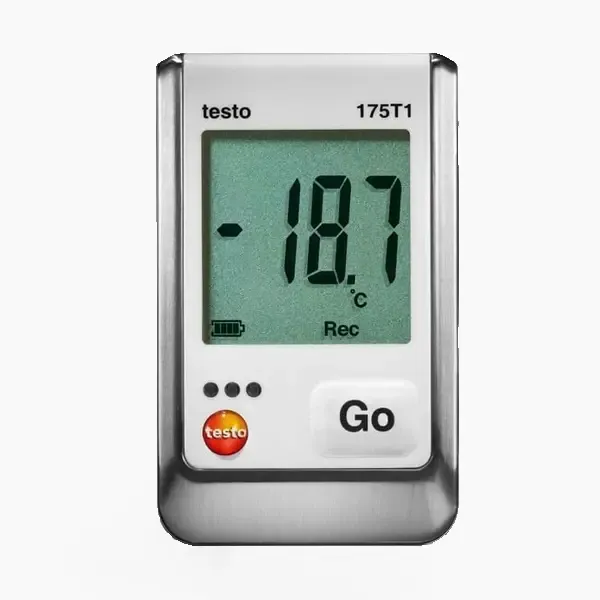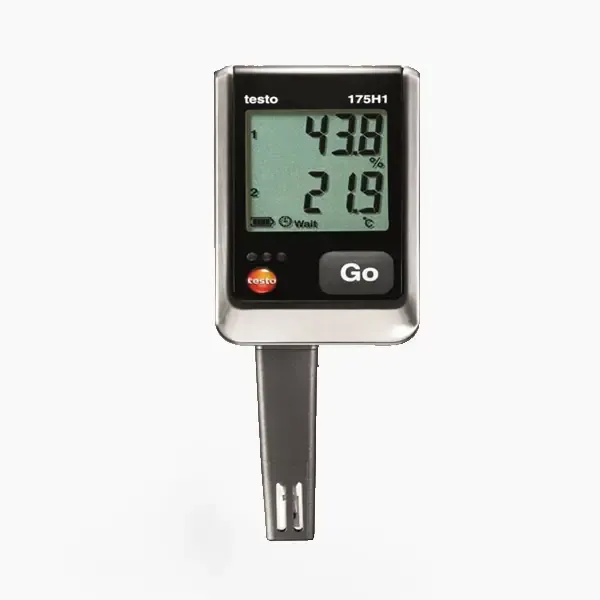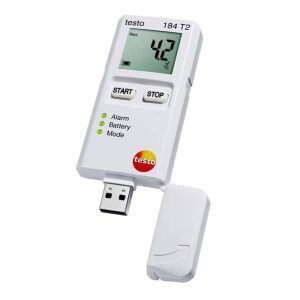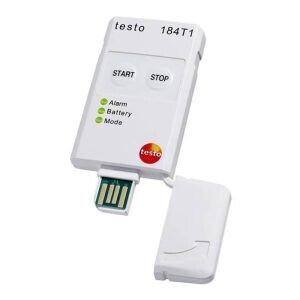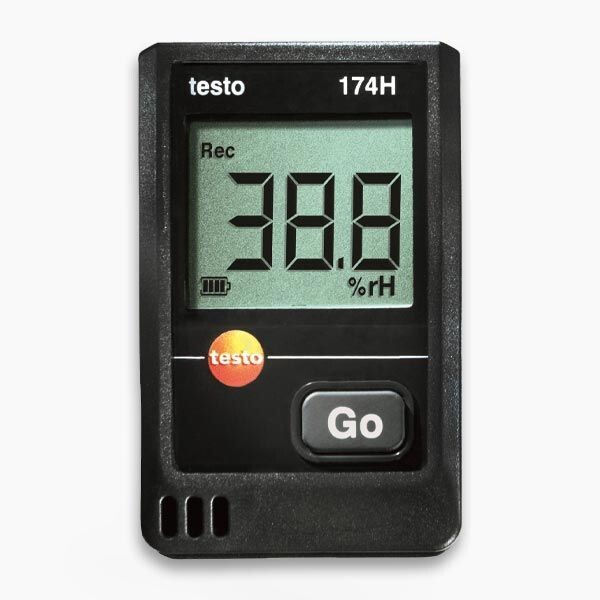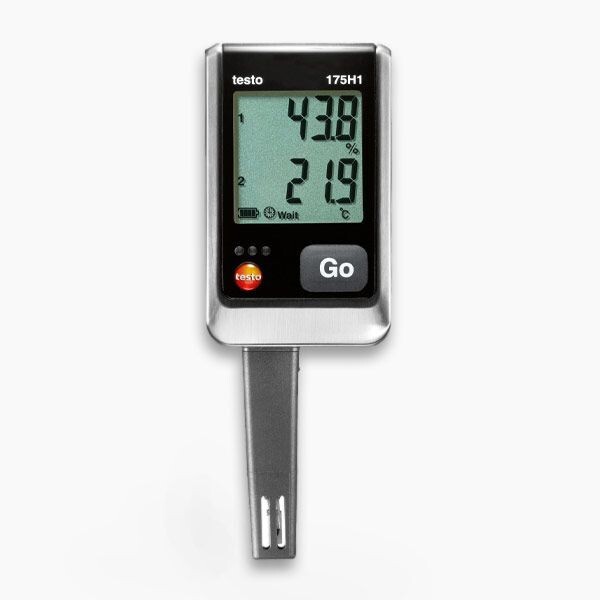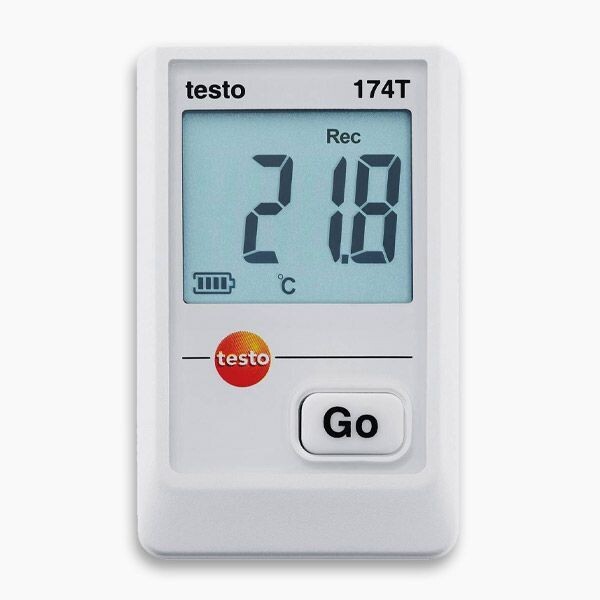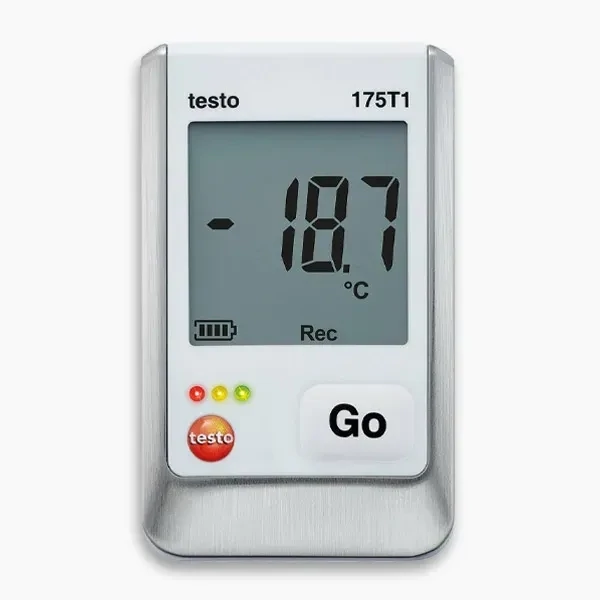Temperature Datalogger
Temperature Dataloggers: Monitoring Temperature Trends with Precision
Temperature dataloggers are invaluable devices used to continuously monitor and record temperature data over time. These versatile tools find applications across various industries, from pharmaceuticals to food storage, ensuring compliance with temperature regulations and quality control. In this article, we will explore temperature dataloggers, their functionalities, types, applications, and the benefits they offer.
Understanding Temperature Dataloggers
Temperature dataloggers, also known as temperature loggers, are electronic devices equipped with sensors that capture temperature readings at regular intervals. They store this data, which can later be retrieved and analyzed to track temperature trends and variations over time. Dataloggers come in various forms, from small, portable devices to sophisticated systems with remote monitoring capabilities.
How Temperature Dataloggers Work
Temperature dataloggers function by continuously measuring temperature using built-in sensors. They record the temperature data at predefined intervals, typically in the form of time stamps. The collected data is stored in internal memory or external storage media, such as memory cards or cloud-based platforms.
Read More
Types of Temperature Dataloggers
There are several types of temperature dataloggers, each designed for specific applications:
1. Single-Use Dataloggers:
- These are typically inexpensive and disposable dataloggers designed for single-use applications. They are commonly used in the shipping and transportation of temperature-sensitive goods.
2. Multi-Use Dataloggers:
- Multi-use dataloggers are designed for repeated use. They are ideal for applications where monitoring temperature over an extended period is required, such as in laboratories or storage facilities.
3. Wireless Dataloggers:
- Wireless temperature dataloggers offer real-time monitoring and remote data retrieval capabilities. They are often used in large-scale operations where multiple data points need to be monitored simultaneously.
4. USB Dataloggers:
- These dataloggers connect directly to a computer via a USB port for data retrieval and analysis. They are suitable for applications where data needs to be transferred frequently.
5. Bluetooth Dataloggers:
- Bluetooth-enabled dataloggers allow for wireless data transfer to a compatible device, such as a smartphone or tablet. They offer convenience and accessibility.
6. Cloud-Based Dataloggers:
- Cloud-based dataloggers store data on remote servers accessible via the internet. They provide real-time data monitoring and remote access from anywhere with an internet connection.
Applications of Temperature Dataloggers
Temperature dataloggers are used in a wide range of applications, including:
1. Pharmaceuticals:
- Monitoring temperature-sensitive medications and vaccines during storage and transportation to maintain their efficacy.
2. Food Industry:
- Ensuring food safety by monitoring temperature in cold storage, refrigeration, and food processing.
3. Environmental Monitoring:
- Tracking temperature variations in research studies related to climate change and ecosystem health.
4. Laboratories:
- Maintaining temperature-controlled environments for experiments and sample storage.
5. HVAC Systems:
- Monitoring heating, ventilation, and air conditioning systems to optimize energy efficiency.
6. Cold Chain Logistics:
- Ensuring the quality and safety of temperature-sensitive goods during transportation, such as perishable foods and pharmaceuticals
Teken in op ons
nuusbrief
Kontak ons
Kategorieë
Kontak inligting
00971 (04) 447 6031
Deira Creek, Radisson Blu Hotel, Plaza Bldg, 4de, 403 - Dubai VAE
Uazon is een van die subversamelings van die mme-ae.com
Retourbeleid
Privaatheidsbeleid




